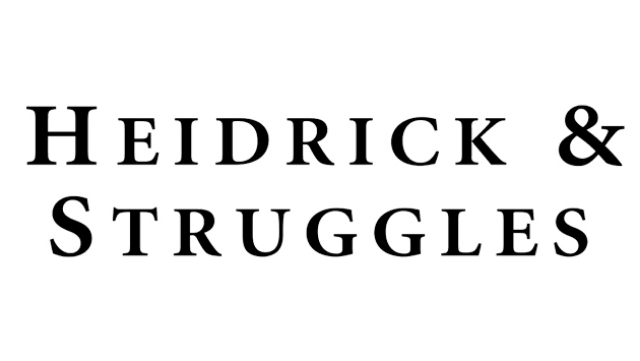Over the past decade, the percentage of new director appointments to Fortune 500 boards that went to women more than doubled.
Yet the percentage of women overall on those boards has remained stubbornly low according to the board monitor conducted by Heidrick & Struggles
In 2009, the first year that Heidrick & Struggles tracked the key attributes of new directors, 18% of appointments went to women. Last year, the figure was 40%. Nevertheless, the total share of seats held by women on Fortune 500 boards in 2018 was still only 22.5%.1
While we have rarely encountered outright resistance to appointing women or minorities in past years, many boards did not make it a priority. Says Kathleen Cooper, chairman of the Williams Companies, a Tulsa-based energy company, “I have been surprised and disappointed that there hasn’t been more push to get more parity, to get diversity of thought, and to get women and minorities on boards more quickly.” Cynthia Jamison, chairman of Tractor Supply, the largest retail farm and ranch store chain in the United States, adds that increasing diversity on boards is “a problem not of supply, but of demand.”
In specific categories of racial and ethnic diversity, meanwhile, the story has been one of fitful demand and, in some cases, a perceived problem of supply. In 2018, the proportion of new board appointments that went to African-Americans, Hispanics, Asians, and Asian-Americans combined matched the all-time high of 23% first achieved the previous year. However, much of the rise is attributable to the proportion of African-American appointees nearly doubling over the past decade. The share of new board appointments that went to Hispanics has remained between 4% and 6%, showing little progress. For Asians and Asian-Americans, the picture is only slightly brighter, with 8% of new appointments in 2018, matching a high first reached in 2011.



